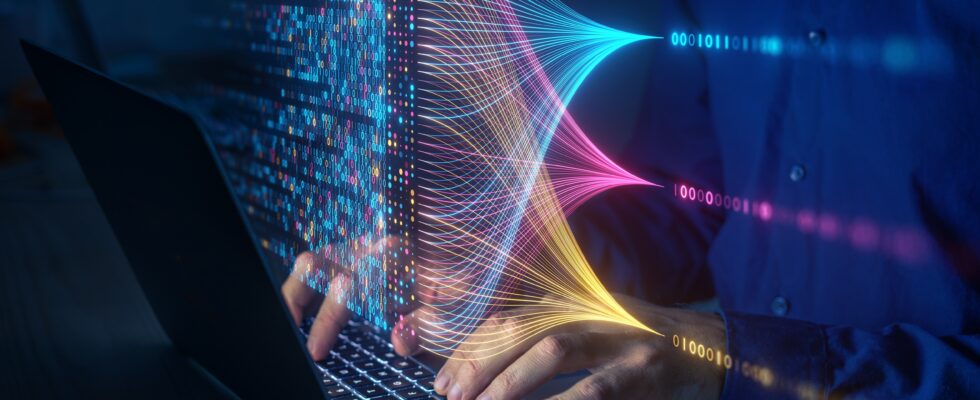Earlier this month, Google introduced Jpegli, a new JPEG encoding library. This intends to improve the encoding of images thanks to a more efficient compression rate than in the past.
Obviously keen to improve the encoding of images on the Internet, Google has carefully looked into this long-standing problem. To change the situation, the American giant has developed a new JPEG coding library called Jpegli. This promises to compress images more efficiently than traditional JPEG codecs, making web pages load faster and saving bandwidth.
Google announces Jpegli, the format that wants to replace JPEG
In a blog article published on April 3, the Mountain View firm detailed at length how it aimed to improve the encoding of images on the Internet. This miracle solution, called Jpegli, presents itself as “ an advanced JPEG encoding library that maintains high backward compatibility while providing enhanced capabilities ».
Jpegli offers “ 35% compression ratio improvement with high quality compression settings », Google assures us. In summary, this solution is designed to be “ faster, more efficient and more visually pleasing than traditional JPEG “.
Image quality and compression: Jpegli wants to combine the best of both worlds
In its post, Google claims that Jpegli’s encoding speed is actually comparable to the approaches taken by libjpeg-turbo and MozJPEG. In other words, “ Web developers can easily integrate Jpegli into their existing workflows without sacrificing coding speed performance or memory usage “. Additionally, Jpegli can be encoded with more than 10 bits per component, compared to 8 bits for traditional JPEG.
Ultimately, and you will have understood, Jpegli aims to offer better image compression than the JPEG format, while considerably limiting the artifacts present on your images. In addition, its interoperability with existing approaches will undoubtedly make it easier for developers, who will then be freed from having to disrupt their workflows.
Source : Google

11